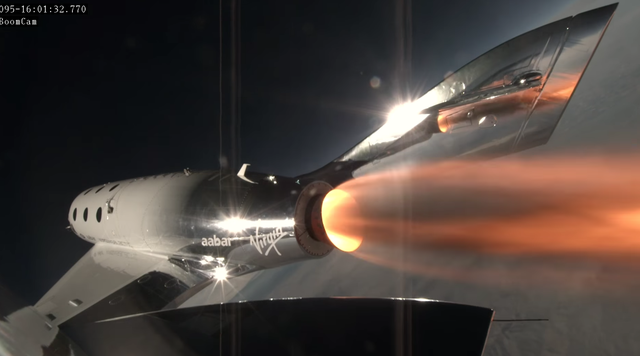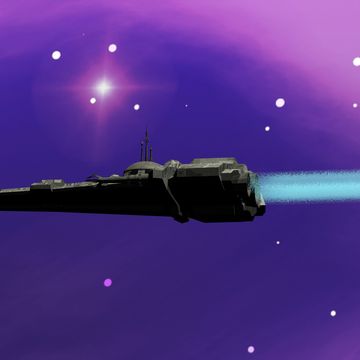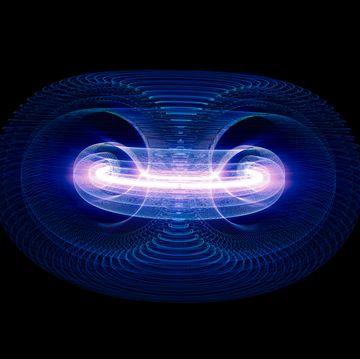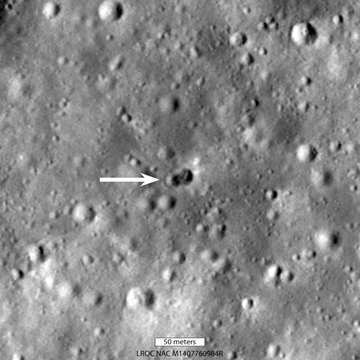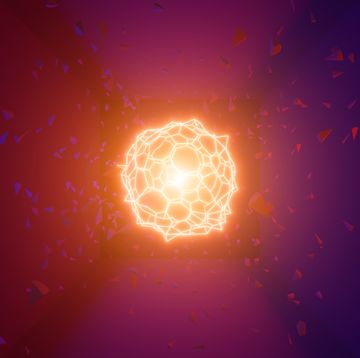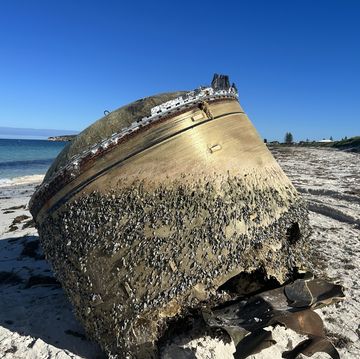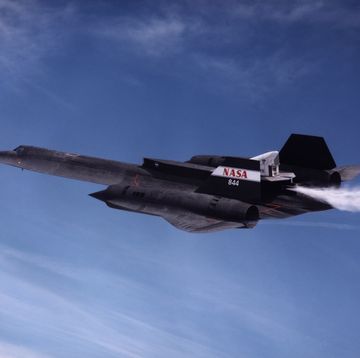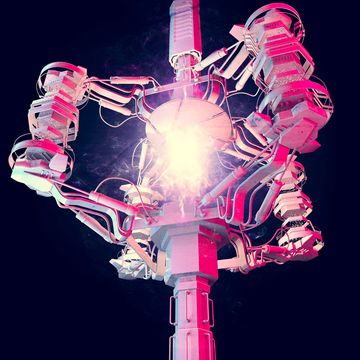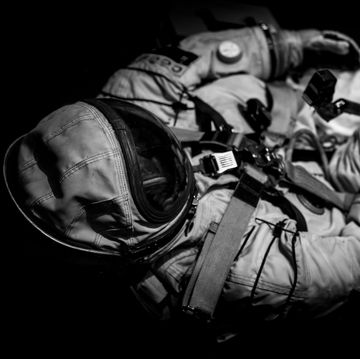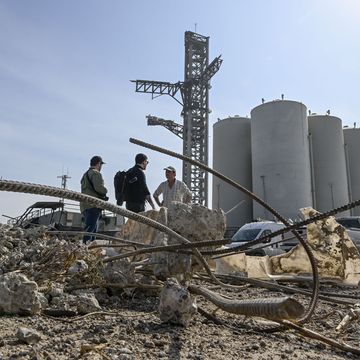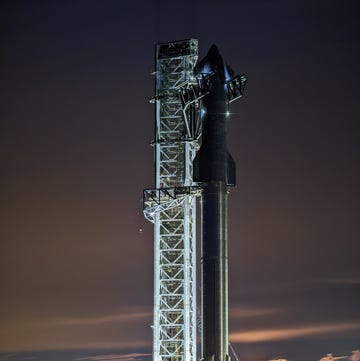Virgin Galactic today conducted the first powered flight of its new SpaceShipTwo spaceplane, the VSS Unity. The craft made seven previous glide tests, dropped from above 40,000 feet by the mothership WhiteKnightTwo, over the course of more than a year of testing leading up to this morning's rocket-powered flight test. Unity also broke the sound barrier for the first time, hitting a top speed of Mach 1.87 during the powered flight.
WhiteKnightTwo took off from Mojave this morning at 8:02 a.m. PDT and carried the VSS Unity up to about 46,500 feet in altitude. The mothership then dropped SpaceShipTwo, which shortly after fired up its hybrid rocket engine for the first time, burning nitrous oxide and HTPB compound. The spaceplane began an 80-degree climb, accelerating up to Mach 1.87 in the 30 seconds of engine burn.
After shutting down the engine, pilots Mark “Forger” Stucky and Dave Mackay coasted the Unity up to 84,271 feet. The pilots then deployed the "feather" system on the Unity to prepare to glide back down to Earth. The aircraft's twin tail booms raised to a 60 degree angle off the fuselage for the feathered configuration, which allows the aircraft to topple over with its nose facing down in preparation for reentry. The feather system works similarly to a badminton birdie tossed up into the air.
After gliding back down to about 50,000 feet, the tail booms were lowered back into position, and SpaceShipTwo jettisoned leftover oxidizer as it glided back to land on a runway at Mojave. The successful flight test generated data about the aircraft's performance during the engine burn as well as during the transition from subsonic to supersonic speeds.
Today marks the first time a Virgin Galactic SpaceShipTwo craft has fired up its rocket engine since the fatal crash of the first SpaceShipTwo, VSS Enterprise, on October 31, 2014. The tail boom feather system on Unity "incorporates the additional safety mechanisms adopted after the 2014 VSS Enterprise test flight accident," says a press release from Virgin Galactic.
Those upgrades and additional safety mechanisms make Unity heavier but more robust than Enterprise. As a result, Unity will fly up to a maximum altitude of just above 80 km, while Enterprise was designed to fly above 100 km. The internationally recognized boundary of space, called the Karman line, is at 100 km (62 mi; 330,000 ft). Unity will therefore not technically fly to space, though it will fly up into the very high altitude where the curvature of the Earth is clearly visible.
Today's supersonic, rocket-powered flight test is a major milestone for Virgin Galactic, marking the beginning of the powered flight testing phase. Future flights will see SpaceShipTwo fire its rocket engine for longer and longer burns. If the rest of flight testing goes smoothly, it might not be too much longer until you can purchase a ticket on SpaceShipTwo yourself.

Jay Bennett is the associate editor of PopularMechanics.com. He has also written for Smithsonian, Popular Science and Outside Magazine.
